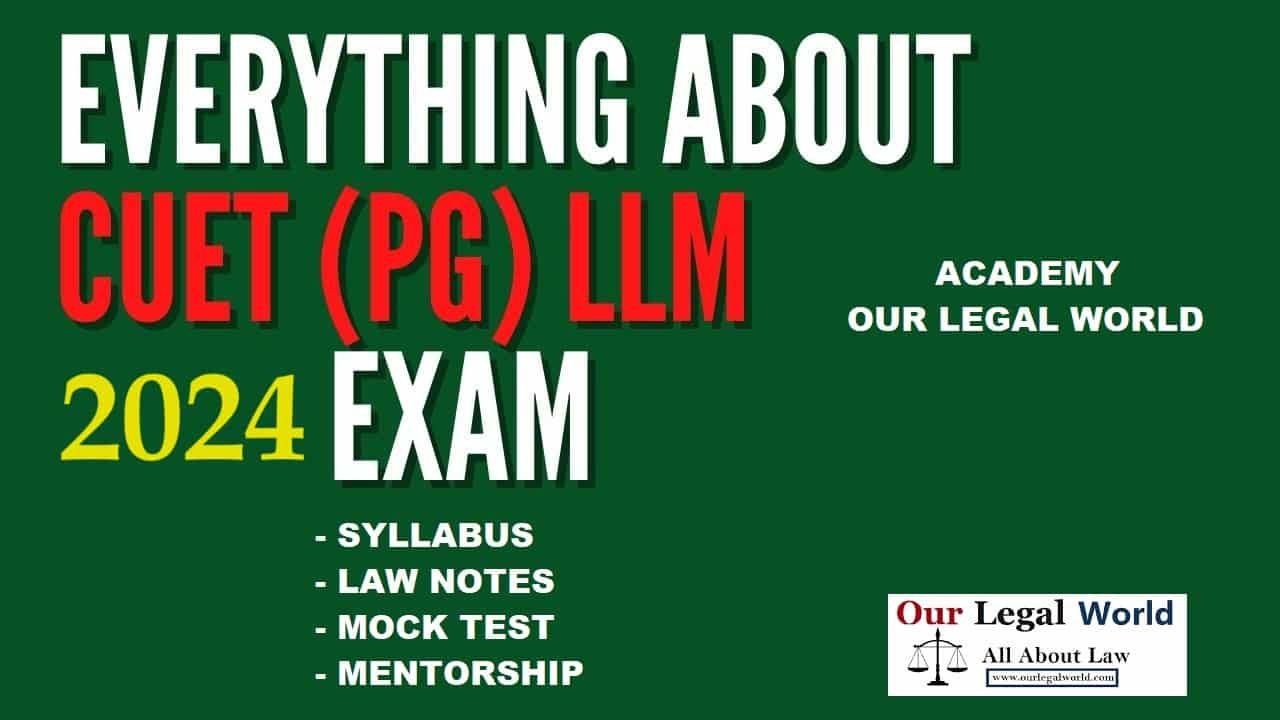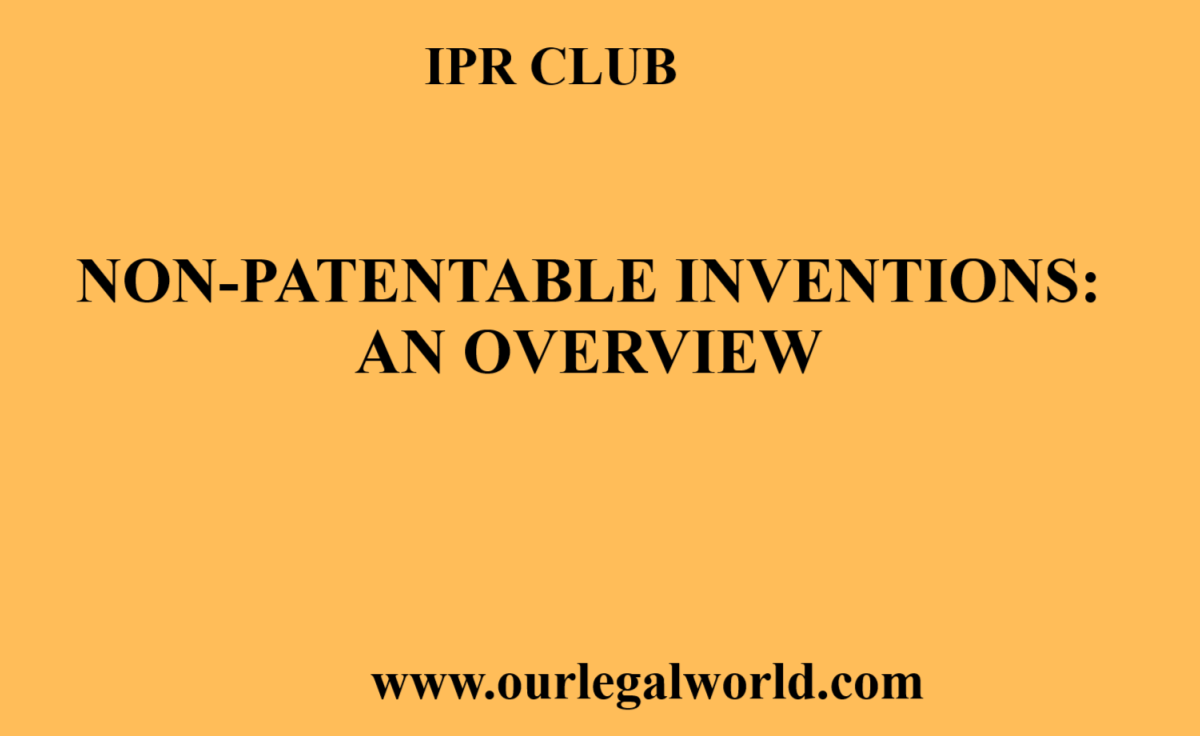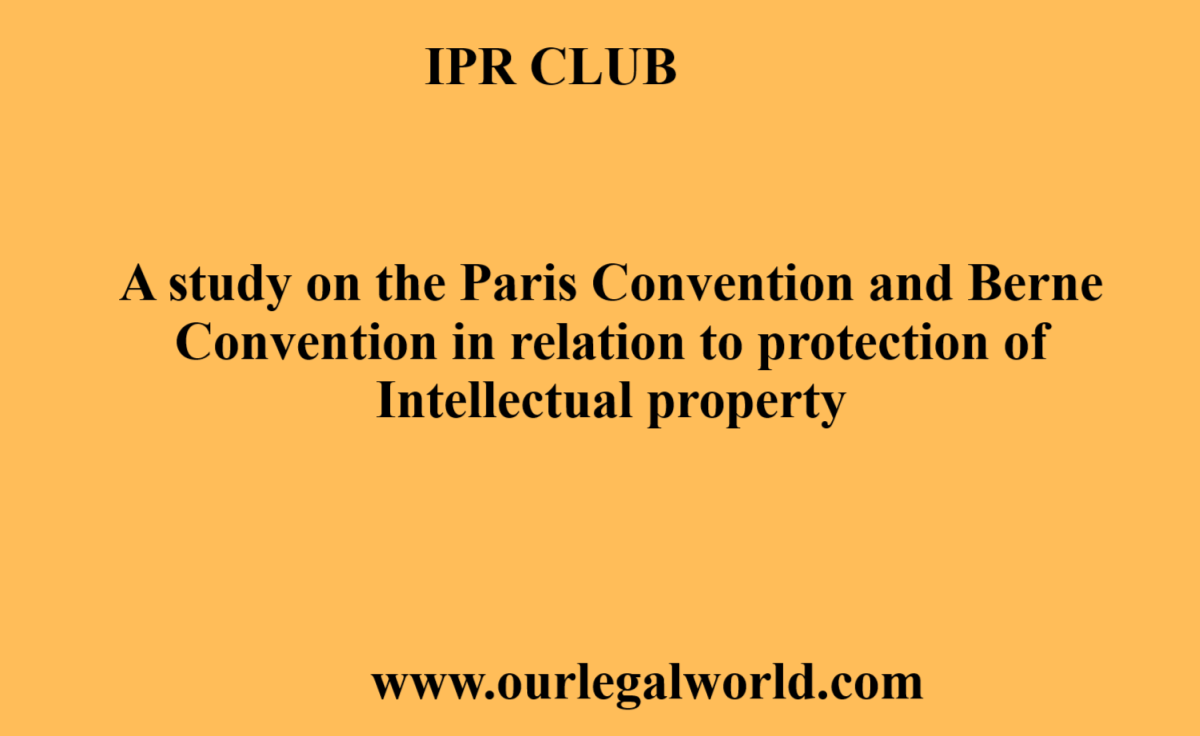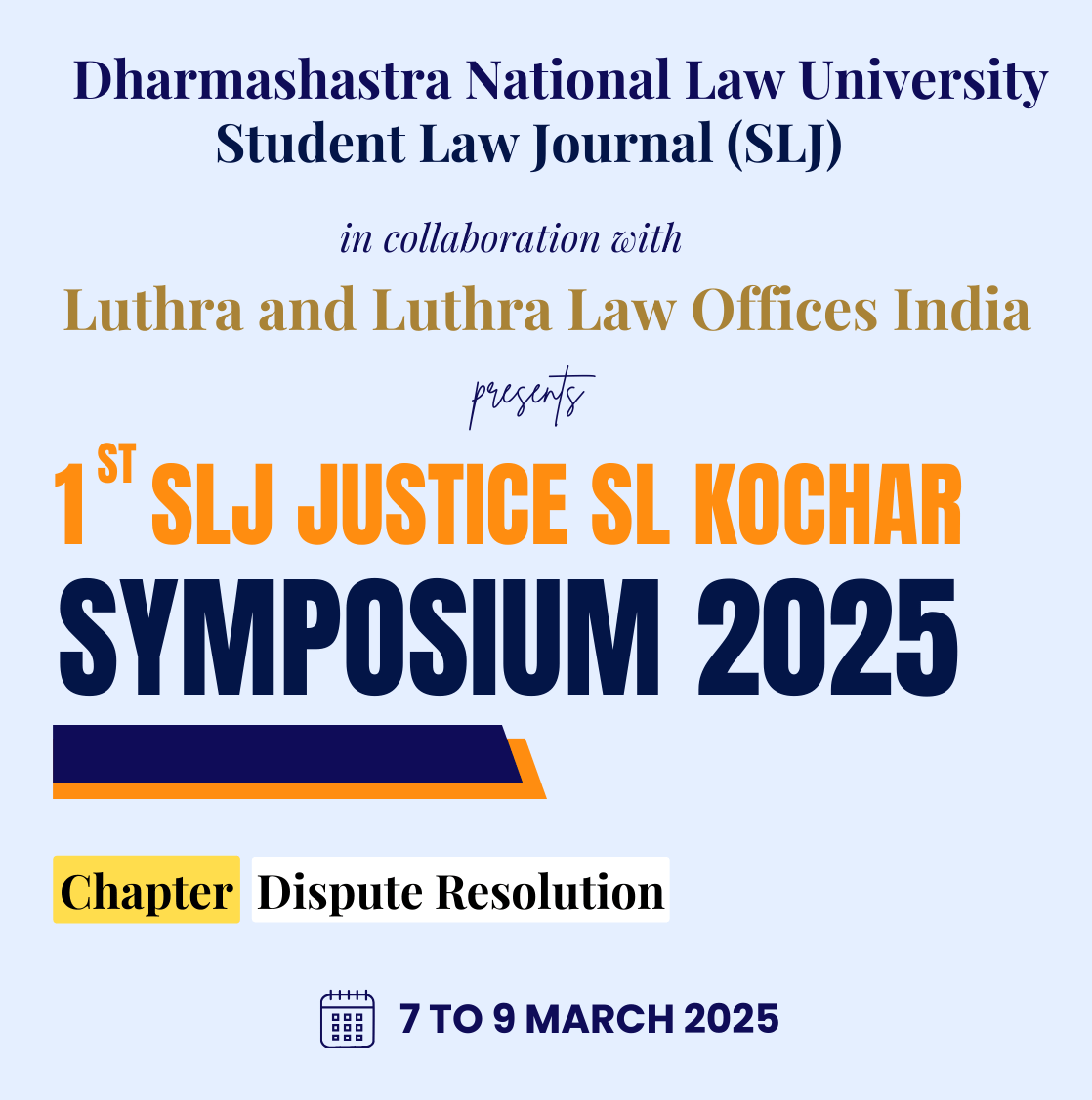Air Act: Overview of the Air (Prevention and Control of Air Pollution) Act 1981
INTRODUCTION
It is essentially an exhaustive enactment with in excess of fifty sections. It makes arrangements, interalia, for Central and State Boards, capacity to pronounce pollution control territories, limitations on certain mechanical units, the authority of the Boards to restrain emanation of air pollutants, the intensity of passage, assessment, taking examples and investigation, punishments, offenses by organizations and Government and discernment of offenses and so on.
To execute the choices taken at the United Nations Conference on the Human Environment held at Stockholm in June 1972, Parliament ordered the across the country Air (Prevention and Control of Pollution) Act under Article 253 of the Constitution of India. The Act’s announcement of articles and reasons contained the administration’s clarification of the substance and the extent of the law and its anxiety for the adverse impact (air contamination) on the strength of the individuals as likewise on creature life, vegetation and property.
The Air Act’s structure is like the one made by its ancestor, the Water Act of 1974. To empower a coordinated way to deal with ecological issues, the Air Act extended the authority of the Central and State Boards set up in the Water Act to incorporate air contamination control. States which have not established the Water Pollution Boards were required to comprise Air Pollution Boards.
Under the Air Act, all enterprises working inside assigned air contamination control zones must acquire assent (license) from the State Boards.
Also Read: GENERAL DEFENCES OF TORTIOUS LIABILITY- Our Legal World
Before its correction in 1987, the Air Act was implemented through gentle Court controlled punishments on violators. The 1987 revision reinforced the implementation apparatus and presented stiffer punishments. Presently, the Boards may shut down a defaulting mechanical plant or may stop its stockpile of power or water. A Board may likewise apply to a Court to limit outflows that surpass recommended norms. Prominently the 1987 alteration brought a resident activity arrangements into the Air Act and stretched out the Act to incorporate Noise Pollution.
The Act explicitly enables State Government to assign air pollution regions and to recommend the kind of fuel to be utilized in these assigned territories. As per this Act, no individual can work particular kinds of ventures including the asbestos, concrete, manure and oil enterprises without assent of the State Board.
The Board can predicate its assent upon the satisfaction of specific conditions. The Air Act evidently receives an industry wide “best accessible innovation” necessity. As in the Water Act, courts may hear grumblings under the Act just at the actuation of, or with the authorization of, the State Board.
The Government passed this Act in 1981 to tidy up our air by controlling pollution. It expresses that wellsprings of air contamination, for example, industry, vehicles, power plants, and so forth., are not allowed to discharge particulate issue, lead, carbon monoxide, sulfur dioxide, nitrogen oxide, Volatile Organic Compounds (VOCs) or other poisonous substances past a recommended level.
To guarantee this, Pollution Control Boards (PCBs) have been set up by Government to gauge contamination levels in the climate and at specific sources by testing the air. This is estimated in parts per million or in milligrams or micrograms per cubic meter.
The particulate issue and gases that are discharged by industry and via vehicles, transports and bikes is estimated by utilizing air-examining hardware. Nonetheless, the most significant perspective is for individuals themselves to welcome the risks of air contamination and decrease their own potential as polluters by observing that their own vehicles or the business they work in lessens levels of emanations.
This Act is made to make proper strides for the conservation of the common assets of the Earth which in addition to other things incorporates the safeguarding of excellent air and guarantees controlling the degree of air contamination.
OBJECTIVES OF THE ACT
(a) To accommodate the counteraction, control and reduction of air contamination.
(b) To accommodate the foundation of focal and State Boards so as to execute the Act.
(c) To present on the Boards the forces to execute the arrangements of the Act and allot to the Boards capacities identifying with contamination.
Air contamination is increasingly intense in vigorously industrialized and urbanized zones, which are additionally thickly populated. The nearness of contamination past specific Limits because of different toxins released through modern emanation is checked by the PCBs set up in each state.
AUTHORITIES UNDER THE ACT
CENTRAL BOARD
Section 3 of the Act explains Constitution and composition of Central Pollution Control Board.
The fundamental role of the Central Board is to actualize enactment made to improve the nature of air and to forestall and control air pollution in the nation.
The-Board advices the Central Government on issues concerning the improvement of air quality and furthermore facilitates exercises, gives specialized help and direction to State Boards and sets down principles for the nature of air. It gathers and scatters data in regard of issues identifying with air contamination and performs works as recommended in the Act.
FUNCTIONS OF CENTRAL BOARD
The main functions of the Central Board shall be to improve the quality of air and to prevent, control or abate air pollution in the country. As per Section 16 of the Act –
It may:
• advise the Central Government on any matter concerning the improvement of the quality of air and the prevention, control or abatement of air pollution;
• plan and cause to be executed a nation-wide programme for the prevention, control or abatement of air pollution;
• co-ordinate the activities of the State and resolve disputes among them;
• provide technical assistance and guidance to the State Boards, carry out and sponsor investigations and research relating to problems of air pollution and prevention, control or abatement of air pollution;
• plan and organise the training of persons engaged or to be engaged in programmes for the prevention, control or abatement of air pollution on such terms and conditions as the Central Board may specify;
• organise through mass media a comprehensive programme regarding the prevention, control or abatement of air pollution;
• collect, compile and publish technical and statistical data relating to air pollution and the measures devised for its effective prevention, control or abatement and prepare manuals, codes or guides relating to prevention, control or abatement of air pollution;
• lay down standards for the quality of air,
• collect and disseminate information in respect of matters relating to air pollution;
• perform such other functions as may be prescribed.
• The Central Board may establish or recognise a laboratory or laboratories to enable the Central Board to perform its functions under this section efficiently.
STATE BOARD
State Board are constituted as per the provisions of Section 5 of the Act. The State Boards have the ability to prompt the State Government on any issue concerning the avoidance and control of air contamination. They reserve the option to review at all sensible occasions any control gear, mechanical plant, or assembling procedure and provide requests to find a way to control contamination.
They are relied upon to assess air contamination control territories at interims or at whatever point vital. They are engaged to give models to discharges to be set down for various modern plants as to amount and piece of outflow of air contaminations into the climate.
A State Board may set up or perceive a research facility to play out this capacity. The State Governments have been offered forces to pronounce air contamination control zones in the wake of talking with the State Board and furthermore offer guidelines to guarantee norms of emanation from vehicles and limitation on utilization of certain mechanical plants.
FUNCTIONS OF THE STATE BOARD
The functions of the State Board are explained under the provision of Section 17 of the Act. The main functions of the State Board are-
• to plan a comprehensive programme for the prevention, control or abatement of air pollution and to secure the execution thereof-,
• to advise the State Government on any matter concerning the prevention, control or abatement of air pollution;
• to collect and disseminate information relating to air pollution;
• to collaborate with the Central Board in organising the training of persons engaged or to be engaged in programmes relating to prevention, control or abatement of air pollution and to organise mass-education programme relating thereto;
• to inspect, at all reasonable times, any control equipment, industrial plant or manufacturing process and to give, by order, such directions to such persons as it may consider necessary to take steps for the prevention, control or abatement of air pollution;
• to inspect air pollution control areas at such intervals as it may think necessary, assess the quality of air therein and take steps for the prevention, control or abatement of air pollution in such areas;
• to lay down, in consultation with the Central Board and having regard to the standards for the quality of air laid down by the Central Board, standards for emission of air pollutants into the atmosphere from industrial plants and automobiles or for the discharge of any air pollutant into the atmosphere from any other source whatsoever not being a ship or an aircraft:
ANNUAL BUDGET
The Central Board or the State Board shall, during each fiscal year, prepare a budget in respect of that financial year next ensuing showing the estimated receipt and expenditure, and copies shall be forwarded to the Central Government or the State Government.
PENALTIES
For the purpose of this Act, whoever contravenes with the provisions of this Act is liable for the Penalties mentioned under the Act according to the provisions of Section 37 to 41 respectively.
As per Section 37 of the Act, whoever fails to comply with the provisions of Section 21, 22 and the directions issued under Section 31A, can be sentenced to imprisonment for a term of one year and six months. This sentence can be extended to six years and with fine, if the requisite compliances under the aforesaid sections are still not carried out, with an additional fine of five thousand rupees every day.
According to the Section 28 of the Act, penalties for certain acts are decided. These acts are-
1. Destroying, defacing, removing etc. any pillar, post, stake or notice fixed in the ground under the authority of the Board.
2. Obstruction of any person acting under orders of the Board from exercising his powers and functions under the Act.
3. Damaging any property belonging to the Board.
4. Failure to furnish information to an officer or any employee of the Board, which is required by such officer or employee.
5. Failure to inform about the excess release of emissions than the standard set by the State Board. Even an apprehension of the release of excess emissions should be informed to the State Board.
6. Giving false statements to Board authorities when furnishing information.
7. Giving false information to the Board, for getting permission under Section 21 i.e. permission for setting up industrial plants.
These are offences that shall be punishable with imprisonment which may extend to three months with fine, which may extend to ten thousand rupees or both.
• As per Section 39 of the Act, any order or direction which has been issued, and for which there is no punishment anywhere else in the Act, shall be punishable with three months imprisonment or fine of three thousand rupees or both. If failure continues, there shall be a fine of an additional five thousand rupees every day.
• The Section 40 of this Act explains about offences committed by companies. If an offence is committed by a company, every such person shall be deemed to be guilty, who is directly in charge of the company or who was responsible to the company for the conduct of its business as well as the company itself. Such person shall be punished according to the provisions of this Act. However, where such an offence was committed without the knowledge of aforesaid person, or where he had made full efforts and due diligence to stop these offences, this person shall not be held liable. Section 40(2) further states that where the offence was committed after taking the consent of the director, manager, secretary or other officer or happened due to the neglect of the aforesaid people, then they shall be deemed guilty and can be punished according to the Act.
Further, Section 41 of the Act talks about offences committed by governmental departments. Where any government department has committed an offence under this Act, then the head of that department shall be liable to be proceeded and accordingly punished. However, if the Head of Department had no knowledge of the committing of these offences, or had practised due diligence to prevent these offences from happening, he shall not be held liable.
Further, the language of Section 41 sub-section 2 explains that if such Head of Department had consented to, or neglected to prevent, the commission of these offences, then such person shall be liable to be proceeded against and punished accordingly.
PROCEDURES
Procedures are covered under Section 42 to 46 of the Act. The Section 42 of the Act states that no suit, prosecution or another legal proceeding shall be initiated against the government, any officer of the government or any member, employee or officer of the Board, where the actions are done by such body or persons are done or intended to be done in good faith in pursuance of this Act.
Further, as per the Section 43 of the Act that the Court shall take cognizance of only those offences where the complaint is made by, A Board or any officer authorised under it or by any other person who has given notice of not less than sixty days, of the alleged offence and his intention to make a complaint to the Board or an officer authorised by it. Further, no court inferior to that of a Metropolitan Magistrate or Judicial Magistrate of First Class shall try any offence punishable under this Act.
According to the Section 44 of the Act, it states that all members, officers and other employees shall be deemed to be acting as public servants under Section 21 of the Indian Penal Code, 1860.
As per the Section 45 of the Act, it states that the Central Board shall provide information in the form of data, statistics, reports or another form of information to the Central Government and the State Board.
Section 46 of the Act talks about bar of jurisdiction. It explains that no civil court shall have jurisdiction in any matter which an Appellate Authority formed under this Act is empowered by this Act to decide, nor should an injunction be granted in respect of any action taken under the pursuance of the powers of this Act.
JUDICIAL RESPONSE
Landmark cases related to air pollution issues provided the great impact to improve air quality.
Taj Trapezium Case, Agra: Taj pollution matter: M.C.Mehta Vs UOI and Ors. W.P.(C) No.13381/1984
This writ Petition was led by Mr. M.C.Mehta, regarding pollution caused to the Taj Mahal in Agra. The sources of air pollution were particularly iron factories, ferroalloys industries, rubber processing, lime processing, engineering, chemical industries, brick kilns, refractory units and automobiles especially the Mathura refinery and Firozabad bangles and glass industries. Acid rain in this area has corroding effect on the gleaming white marble. The Honourable Supreme Court after examining the reports from National Environmental Engineering Research Institute, Varadarajan committee, Central Pollution Control Board (CPCB) and Utter Pradesh (U.P.) Board, on 31.12.1996 directed that the industries in the Taj Trapezium Zone (TTZ) were the active contributors of air pollution. All the 292 industries had to approach either to the GAIL for grant of industrial gas-connection or to the U.P. Government for allotment of alternative plots outside TTZ or stop functioning using coke/coal. Constitution Of Mahajan Committee The Supreme Court on 30.8.1996 directed the Mahajan Committee to inspect the progress of the green belt development and the Taj Trapezium Zone Pollution (Prevention and Control) Authority to monitor progress of the implementation.
Delhi air pollution case: Vehicular pollution in Delhi: (M.C.Mehta vs UOI and ors., 1998 (6) SCC 60) This writ petition was filed in the year 1985 under Article 21 of the Constitution of India regarding air pollution in Delhi. The Petitioner challenged the inaction on the part of the Union of India, Delhi Administration (Government of National Capital Territory of Delhi) and other Authorities whereby smoke, highly toxic and other corrosive gases were allowed to pass into the air, by which the people of Delhi were put to high risk. During the pendency of this Writ Petition, the Supreme Court passed several orders and directions to deal with the situations arising from time-to-time and impressed upon the concerned authorities to take urgent steps to tackle the acute problem of vehicular pollution in Delhi, which include elimination of leaded petrol, replacement of old auto rickshaws, taxies and buses, construction of new Interstate Bus Terminus at entry points, considering and strengthening the air quality monitoring. It was held that it was the duty of the Government to see that the air was not contaminated by vehicular pollution. The right to clean air also stemmed from Art 21 which referred to right to life.
CONCLUSION
Air pollution is a major issue not only in India but in the whole world and controlling and forestalling it is another enormous issue, till now we can’t make awareness among the individuals with respect to the significance of purifying air which is contaminated due to various industries. This Act unquestionably gives different offices that will hope to forestall and control air pollution, the Act sets down different methodology for filing the complaints and the provides the different functions to respective Boards. Anyway more should be done and the Act ought to be made increasingly extensive, more investment ought to be given to local people and disciplines ought to be made stricter so it Acts as a solid discouragement. Over all these more accentuation ought to be given on the execution as just by causing laws you to can not control contamination, appropriate usage is likewise required.
REFERENCES
- www.enbivrary.com
- www.legislative.gov.in
- www.helplinelaw.com




![Jamia Hamdard Mediation Competition 2025 at School of Law, HILSR [21st February 2025]](https://ourlegalworld.com/wp-content/uploads/2024/12/Screenshot-11-min-1.png)



